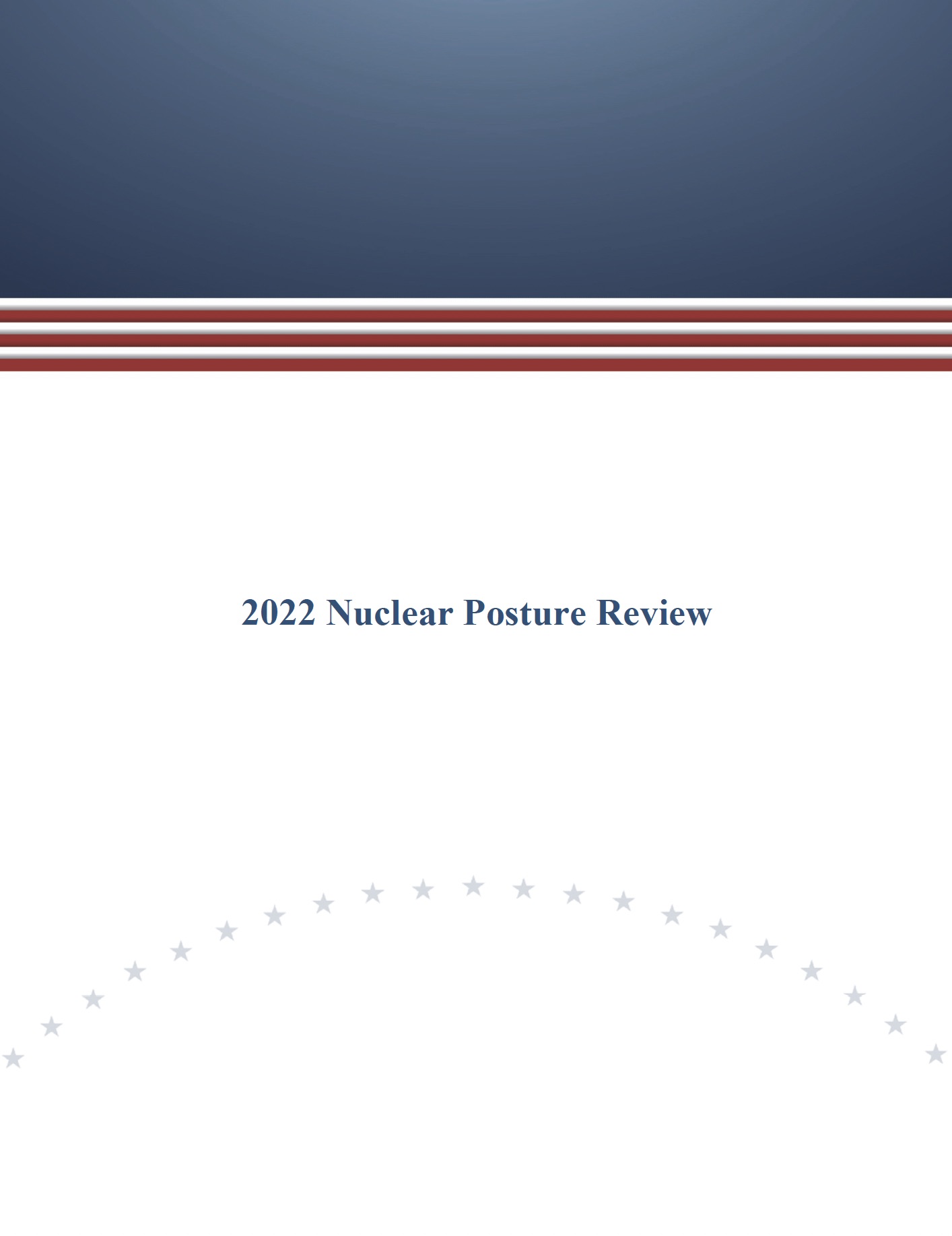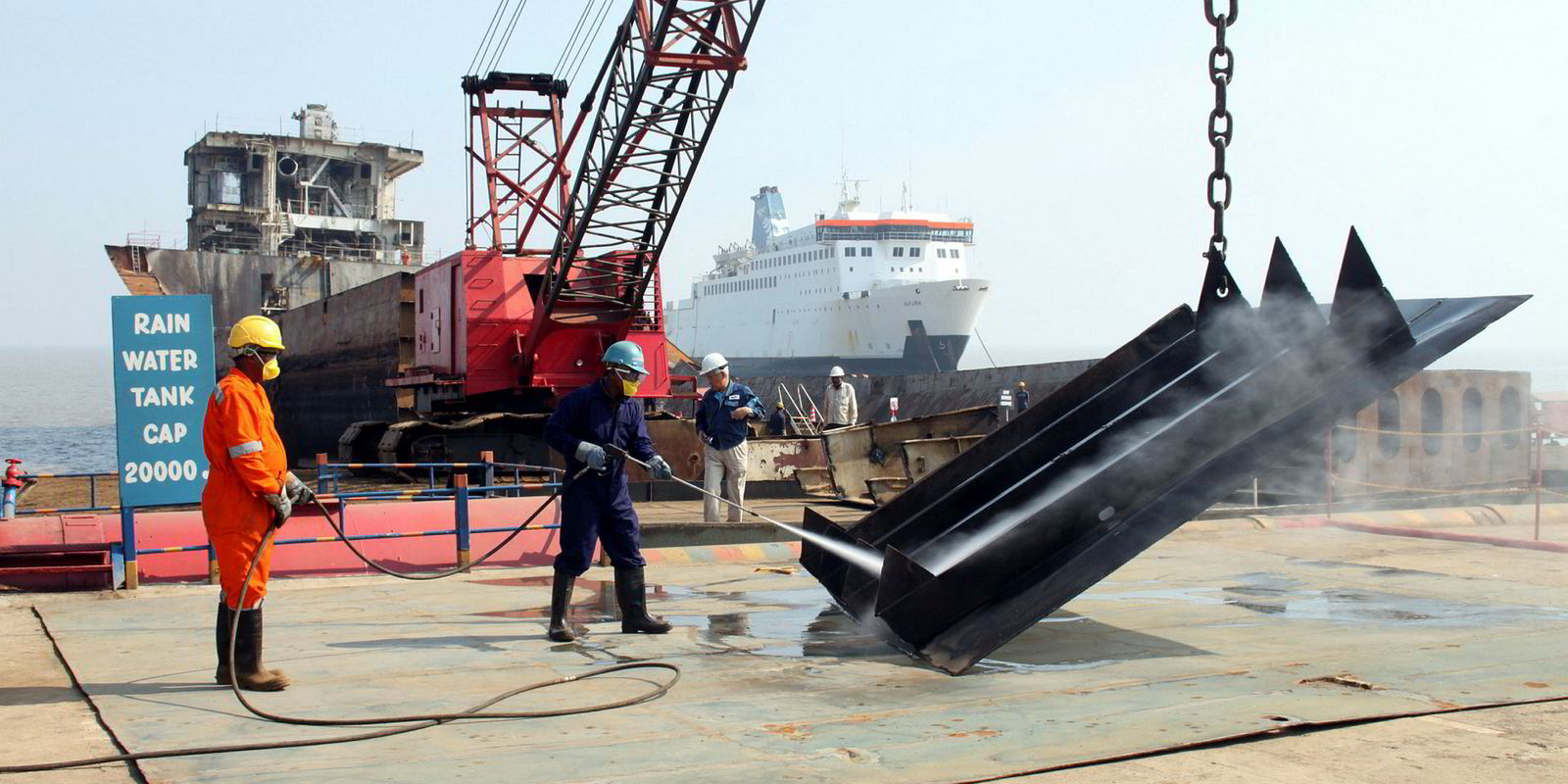Pakistan Receives Satellite Support From China: Indian Defense Assessment

Table of Contents
Enhanced Surveillance Capabilities for Pakistan
Chinese satellite technology significantly enhances Pakistan's surveillance capabilities, particularly along its contested borders with India and Afghanistan. This access grants Pakistan superior intelligence gathering capabilities, impacting several key areas:
- Improved border monitoring and detection of troop movements: Real-time monitoring from space allows for early detection of troop deployments and movements, providing crucial intelligence for proactive defense strategies. This is particularly relevant along the Line of Control (LoC) in Kashmir.
- Enhanced capabilities for counter-terrorism operations: Satellite imagery and data can pinpoint terrorist hideouts and facilitate more effective counter-terrorism operations. This improves Pakistan’s ability to combat internal and cross-border threats.
- Potential for improved targeting of Indian military assets: While ethically questionable, access to high-resolution satellite imagery could theoretically enhance the targeting of Indian military assets, although this remains highly speculative.
- Increased effectiveness of Pakistan's intelligence gathering efforts: The combination of satellite imagery, signal intelligence, and other sources allows for a more comprehensive and accurate understanding of the operational posture of its adversaries. This creates a significant intelligence advantage. The integration of this data with other intelligence sources is likely resulting in more effective strategic decision-making.
Implications for India's Military Preparedness
The technological collaboration between China and Pakistan presents a significant challenge to India's military preparedness and necessitates a strategic recalibration. This increased surveillance capacity necessitates:
- The need for India to invest in advanced anti-satellite technologies: To counter the threat posed by Pakistan's enhanced surveillance, India must accelerate investments in its own anti-satellite (ASAT) capabilities and defensive technologies.
- Development of robust countermeasures to negate Pakistan's enhanced surveillance capabilities: India needs to develop strategies to mitigate the effectiveness of Pakistan's improved intelligence gathering capabilities. This might involve enhanced electronic warfare capabilities or other forms of counter-intelligence measures.
- Increased pressure on India to modernize its own space-based assets: The technological gap created by China's support to Pakistan underscores the urgency for India to modernize its own space-based assets, enhancing its own surveillance, communication, and navigation capabilities. This involves further investments in ISRO and its programs.
- Re-evaluation of India’s defense strategies in light of this new technological dynamic: India’s military strategies and operational doctrine must adapt to account for this improved Pakistani intelligence-gathering capability, requiring a reassessment of its existing defense posture and operational plans.
The Geopolitical Context: CPEC and Beyond
The provision of satellite technology to Pakistan is deeply intertwined with China's Belt and Road Initiative (BRI) and the China-Pakistan Economic Corridor (CPEC). This support strengthens CPEC by:
- How satellite technology strengthens the CPEC project and related infrastructure: Satellite imagery and data are crucial for monitoring the construction and operation of CPEC infrastructure projects, ensuring efficient progress and security.
- The implications for regional stability and potential conflict escalation: The enhanced surveillance capabilities provided to Pakistan could potentially escalate regional tensions and increase the risk of miscalculation or accidental conflict.
- The role of satellite technology in projecting Chinese influence in South Asia: China's provision of advanced satellite technology to Pakistan is a clear demonstration of its growing influence in South Asia, solidifying its strategic partnership with Pakistan and creating a counterweight to Indian influence in the region.
- The potential for further technological collaboration between China and Pakistan: This partnership is likely to expand beyond satellite technology, encompassing other areas of defense and technological cooperation.
The Role of Chinese Space Technology Companies
Chinese state-owned enterprises, including the China Aerospace Science and Technology Corporation (CASC) and the China Aerospace Science and Industry Corporation (CASIC), are key players in this technological transfer. The exact nature and scope of the technology transfer remain unclear, but it signifies a significant expansion of China’s commercial space industry’s international reach. The implications for the commercial space industry in both countries are substantial, potentially leading to further collaborations and advancements in the sector.
Indian Defense Response and Counter-Strategies
India's response to the growing Sino-Pakistani space collaboration is crucial. It requires a multi-pronged approach, including:
- Strengthening the Indian Space Research Organisation (ISRO): Further investment and development of ISRO's capabilities are essential to maintain a technological edge and counter the improved surveillance capabilities of Pakistan.
- Defense modernization: India must continue its ambitious defense modernization program, focusing on acquiring cutting-edge technologies that can neutralize the advantages gained by Pakistan. This includes investment in advanced sensor systems, cyber warfare capabilities and improved intelligence analysis.
- Technological advancements: Investment in research and development of indigenous space-based assets is paramount, including the development of advanced satellites with improved resolution and capabilities.
- Strategic autonomy: Maintaining strategic autonomy in space technology is critical for India's national security. This requires building resilience and avoiding dependence on foreign suppliers.
Conclusion
The increasing reliance of Pakistan on Chinese satellite technology presents a significant challenge to India's national security. The enhanced surveillance capabilities provided to Pakistan alter the regional strategic balance, demanding a substantial reassessment of India's defense strategies and investments in countermeasures. This technological asymmetry necessitates a focused Indian response, encompassing the strengthening of its space program, advancements in defense technologies, and a robust counter-intelligence strategy. Further in-depth analysis of Pakistan's growing reliance on Chinese satellite technology and its multifaceted implications for regional security is crucial. We encourage continued research and monitoring of this evolving situation and its ramifications for India's national security.

Featured Posts
-
 A List Wife Starving Husband A Look At Income Disparity In Celebrity Marriages
May 19, 2025
A List Wife Starving Husband A Look At Income Disparity In Celebrity Marriages
May 19, 2025 -
 Austin Welcomes Self Driving Taxis From Uber And Waymo
May 19, 2025
Austin Welcomes Self Driving Taxis From Uber And Waymo
May 19, 2025 -
 Job Candidate Approved Latest News From The Sanibel Captiva Cepd
May 19, 2025
Job Candidate Approved Latest News From The Sanibel Captiva Cepd
May 19, 2025 -
 Bangladesh Feels The Heat India Tightens Import Rules Impacting Trade
May 19, 2025
Bangladesh Feels The Heat India Tightens Import Rules Impacting Trade
May 19, 2025 -
 Gencay Guide Pratique Pour Habiter Au Forum Du Logement
May 19, 2025
Gencay Guide Pratique Pour Habiter Au Forum Du Logement
May 19, 2025
